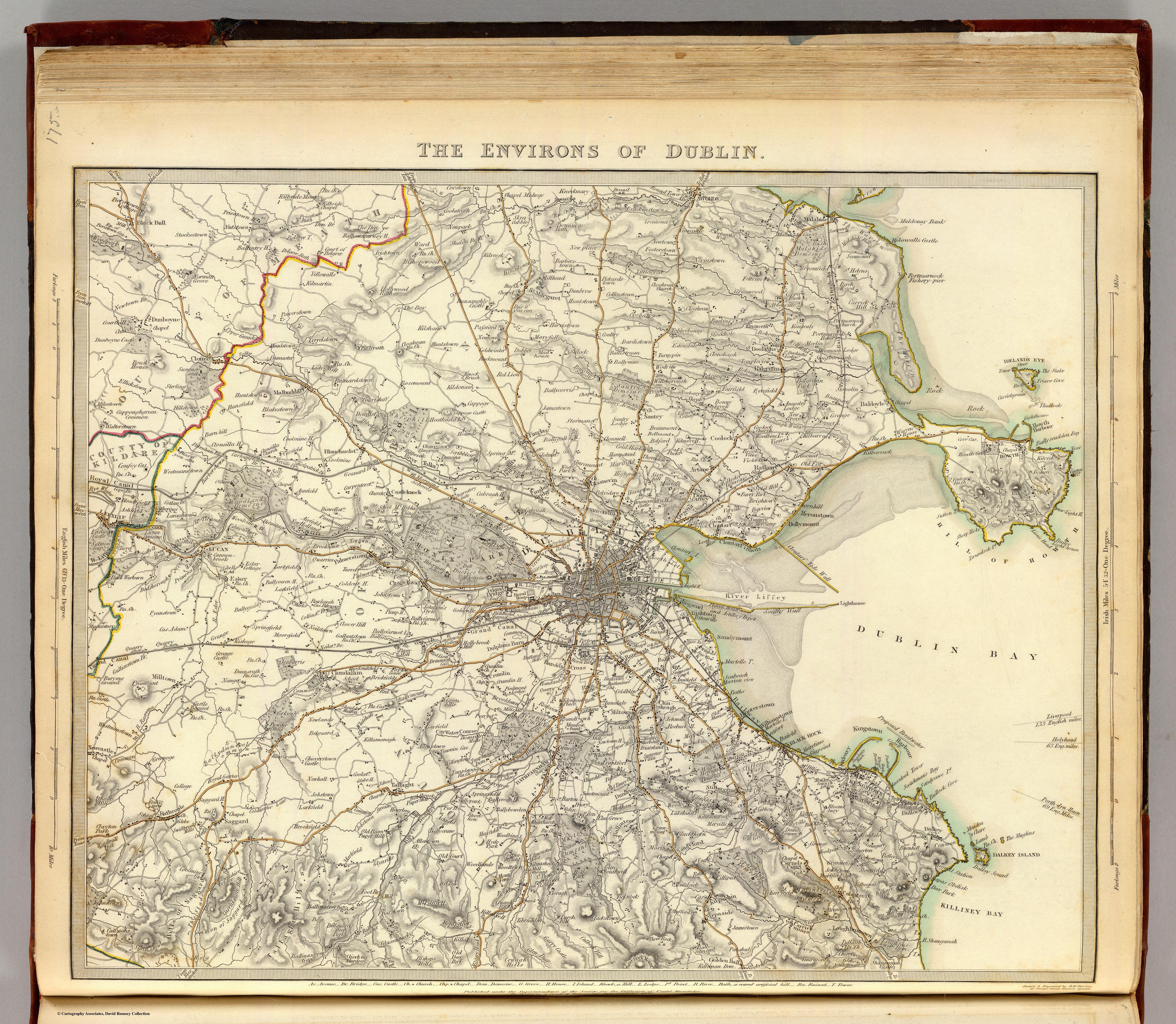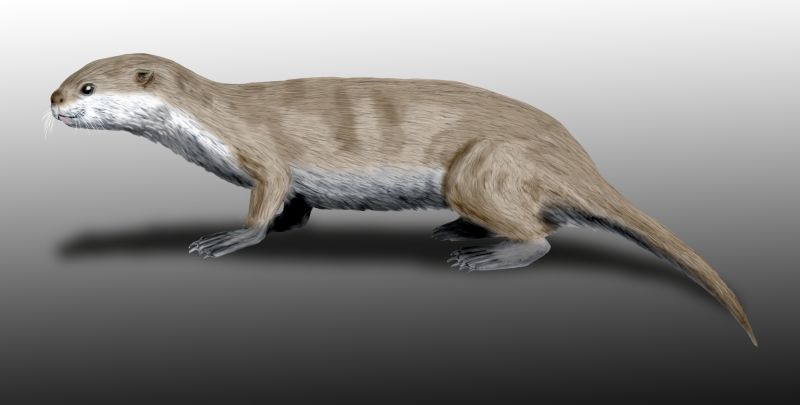|
Bulloch Harbour
Bullock Harbour or Bulloch Harbour () is a small working harbour located near the heritage town of Dalkey on the southeast coast of Dublin Bay in Ireland. The current harbour quay and walls were constructed of local granite in the early 19th century where previously a rocky inlet had provided a natural harbour. Bullock Harbour is the subject of a specific local objective (SLO22) in the Dun Laoghaire Rathdown County Council's county development plan. History Bulloch Castle was built in the 12th century by the Cistercian monks of Dublin's St Mary's Abbey, in order to protect local fisheries. There was a small stone quay situated below the castle walls, which was partially sheltered by a breakwater. Records notably show the embarking and departure of several Viceroys at Bulloch en route to Dublin. The quay would stay in use, unchanged from its medieval state, until construction of the current harbour began in 1818, with the facility being finished in 1819. The quay was heavil ... [...More Info...] [...Related Items...] OR: [Wikipedia] [Google] [Baidu] |
Harbour
A harbor (American English), or harbour (Commonwealth English; see American and British English spelling differences#-our, -or, spelling differences), is a sheltered body of water where ships, boats, and barges can be Mooring, moored. The term ''harbor'' is often used interchangeably with ''port'', which is a man-made facility built for loading and unloading Watercraft, vessels and dropping off and picking up passengers. Harbors usually include one or more ports. Alexandria Port in Egypt, meanwhile, is an example of a port with two harbors. Harbors may be natural or artificial. An artificial harbor can have deliberately constructed breakwater (structure), breakwaters, sea walls, or jetties or they can be constructed by dredging, which requires maintenance by further periodic dredging. An example of an artificial harbor is Long Beach Harbor, California, United States, which was an array of salt marshes and tidal flats too shallow for modern merchant ships before it was first ... [...More Info...] [...Related Items...] OR: [Wikipedia] [Google] [Baidu] |
Dalkey
Dalkey ( ; ) is a village in Dún Laoghaire–Rathdown county southeast of Dublin, Ireland. It was founded as a Viking settlement and became a port in the Middle Ages. According to chronicler John Clyn (c.1286–c.1349), it was one of the ports through which the Bubonic plague, plague entered Ireland in the mid-14th century. The village is in a townland and Civil parishes in Ireland, civil parish of the same name, in the Barony (Ireland), barony of Rathdown (County Dublin barony), Rathdown. One of Dublin's wealthiest districts, it has been home to writers, artists, and celebrities, including George Bernard Shaw, Jane Emily Herbert, Albert Julius Olsson, Julius Olsson, Maeve Binchy, Robert Fisk, and Hugh Leonard. Etymology The district is named after Dalkey Island, just offshore. The name is ultimately derived from the and , with the Old Norse (Viking) version of . Geography Dalkey lies by the coast, between Dún Laoghaire (and Sandycove and Glasthule), Glenageary and ... [...More Info...] [...Related Items...] OR: [Wikipedia] [Google] [Baidu] |
Dublin Bay
Dublin Bay () is a C-shaped inlet of the Irish Sea on the east coast of Ireland. The bay is about 10 kilometres wide along its north–south base, and 7 km in length to its apex at the centre of the city of Dublin; stretching from Howth Head in the north to Dalkey Point in the south. Bull Island, North Bull Island is situated in the northwest part of the bay, where one of two major inshore sand banks lay, and features a 5 km long sandy beach, Dollymount Strand, fronting an internationally recognised wildfowl reserve. Many of the rivers of Dublin reach the Irish Sea at Dublin Bay: the River Liffey, with the River Dodder flow received less than 1 km inland, River Tolka, and various smaller rivers and streams. The metropolitan area of the city of Dublin surrounds three sides of the bay (the north, west, and south), while the Irish Sea lies to the east. Dublin was founded by the Vikings at the point where they were able to ford the River Liffey with the first wattle b ... [...More Info...] [...Related Items...] OR: [Wikipedia] [Google] [Baidu] |
Ireland
Ireland (, ; ; Ulster Scots dialect, Ulster-Scots: ) is an island in the North Atlantic Ocean, in Northwestern Europe. Geopolitically, the island is divided between the Republic of Ireland (officially Names of the Irish state, named Irelanda sovereign state covering five-sixths of the island) and Northern Ireland (part of the United Kingdomcovering the remaining sixth). It is separated from Great Britain to its east by the North Channel (Great Britain and Ireland), North Channel, the Irish Sea, and St George's Channel. Ireland is the List of islands of the British Isles, second-largest island of the British Isles, the List of European islands by area, third-largest in Europe, and the List of islands by area, twentieth-largest in the world. As of 2022, the Irish population analysis, population of the entire island is just over 7 million, with 5.1 million in the Republic of Ireland and 1.9 million in Northern Ireland, ranking it the List of European islands by population, ... [...More Info...] [...Related Items...] OR: [Wikipedia] [Google] [Baidu] |
Cistercians
The Cistercians (), officially the Order of Cistercians (, abbreviated as OCist or SOCist), are a Catholic religious order of monks and nuns that branched off from the Benedictines and follow the Rule of Saint Benedict, as well as the contributions of the highly influential Bernard of Clairvaux, known as the Latin Rule. They are also known as Bernardines, after Bernard of Clairvaux, Saint Bernard, or as White Monks, in reference to the colour of their cowl, as opposed to the black cowl worn by Benedictines. The term ''Cistercian'' derives from ''Cistercium,'' the Latin name for the locale of Cîteaux, near Dijon in eastern France. It was here that a group of Benedictine monks from the monastery of Molesme Abbey, Molesme founded Cîteaux Abbey in 1098. The first three abbots were Robert of Molesme, Alberic of Cîteaux and Stephen Harding. Bernard helped launch a new era when he entered the monastery in the early 1110s with 30 companions. By the end of the 12th century, the ord ... [...More Info...] [...Related Items...] OR: [Wikipedia] [Google] [Baidu] |
Dalkey Island
Dalkey Island ( ) () is an island for which the nearby village of Dalkey is named ( meaning "thorn island", with ''ey'' the Old Norse (Viking) version of "island"). It is an uninhabited island located in the county of Dún Laoghaire-Rathdown, about south of Dublin and south of Dún Laoghaire harbour. An important site of pilgrimage for centuries, it has been known as "St Begnet's Isle" since records began. The earliest reference to 'Dalkey Island' is from c. 1782. The island had a population of 8 in 1841. Location, situation and access The 25-acre island is currently uninhabited but there is evidence of human occupation dating back to the Neolithic period. The remains of field systems, a church dedicated to Saint Benedict, a cairn burial, a gun battery which had three 24 pound guns and the Martello Tower, Martello tower still exist. There are two Holy well, holy wells, one on the western shoreline is known locally as the "Scurvy Well" and is located within a surrounding ... [...More Info...] [...Related Items...] OR: [Wikipedia] [Google] [Baidu] |
Kayak
] A kayak is a small, narrow human-powered watercraft typically propelled by means of a long, double-bladed paddle. The word ''kayak'' originates from the Inuktitut word '' qajaq'' (). In British English, the kayak is also considered to be a kind of canoe. There are countless different types of kayaks due to the craft being easily adaptable for different environments and purposes. The traditional kayak has an enclosed deck and one or more cockpits, each seating one occupant or kayaker, differentiating the craft from an open-deck canoe. The cockpit is sometimes covered by a spray deck that prevents unwanted entry of water from waves or splashes. Even within these confines, kayaks vary vastly in respect to materials, length, and width, with some kayaks such as the sprint kayak designed to be fast and light, and others such as the whitewater kayak designed to be sturdy and maneuverable. Some modern paddlecrafts, which still claim the title "kayak", remove integral parts of ... [...More Info...] [...Related Items...] OR: [Wikipedia] [Google] [Baidu] |
View From Outside The Martello Tower - Geograph
Acornsoft was the software arm of Acorn Computers, and a major publisher of software for the BBC Micro and Acorn Electron. As well as games, it also produced a large number of educational titles, extra computer languages and business and utility packages – these included word processor ''VIEW'' and the spreadsheet '' ViewSheet'' supplied on ROM and cartridge for the BBC Micro/Acorn Electron and included as standard in the BBC Master and Acorn Business Computer. History Acornsoft was formed in late 1980 by Acorn Computers directors Hermann Hauser and Chris Curry, and David Johnson-Davies, author of the first game for a UK personal computer and of the official Acorn Atom manual "Atomic Theory and Practice". David Johnson-Davies was managing director and in early 1981 was joined by Tim Dobson, Programmer and Chris Jordan, Publications Editor. While some of their games were clones or remakes of popular arcade games (e.g. ''Hopper'' is a clone of Sega's ''Frogger'', '' Snapper ... [...More Info...] [...Related Items...] OR: [Wikipedia] [Google] [Baidu] |
Pinniped
Pinnipeds (pronounced ), commonly known as seals, are a widely range (biology), distributed and diverse clade of carnivorous, fin-footed, semiaquatic, mostly marine mammals. They comprise the extant taxon, extant families Odobenidae (whose only living member is the walrus), Otariidae (the eared seals: sea lions and fur seals), and Phocidae (the earless seals, or true seals), with 34 extant species and more than 50 extinct species described from fossils. While seals were historically thought to have descended from two ancestral lines, molecular phylogenetics, molecular evidence supports them as a monophyletic group (descended from one ancestor). Pinnipeds belong to the suborder Caniformia of the order Carnivora; their closest living relatives are musteloids (Mustelidae, weasels, Procyonidae, raccoons, skunks and red pandas), having diverged about 50 million years ago. Seals range in size from the and Baikal seal to the and southern elephant seal. Several species exhibit ... [...More Info...] [...Related Items...] OR: [Wikipedia] [Google] [Baidu] |
Dolphins
A dolphin is an aquatic mammal in the cetacean clade Odontoceti (toothed whale). Dolphins belong to the families Delphinidae (the oceanic dolphins), Platanistidae (the Indian river dolphins), Iniidae (the New World river dolphins), Pontoporiidae (the brackish dolphins), and possibly extinct Lipotidae (baiji or Chinese river dolphin). There are 40 extant species named as dolphins. Dolphins range in size from the and Maui's dolphin to the and orca. Various species of dolphins exhibit sexual dimorphism where the males are larger than females. They have streamlined bodies and two limbs that are modified into flippers. Though not quite as flexible as Pinniped, seals, they are faster; some dolphins can briefly travel at speeds of or leap about . Dolphins use their conical teeth to capture fast-moving Predation, prey. They have well-developed hearing which is adapted for both air and water; it is so well developed that some can survive even if they are blind. Some species are w ... [...More Info...] [...Related Items...] OR: [Wikipedia] [Google] [Baidu] |









